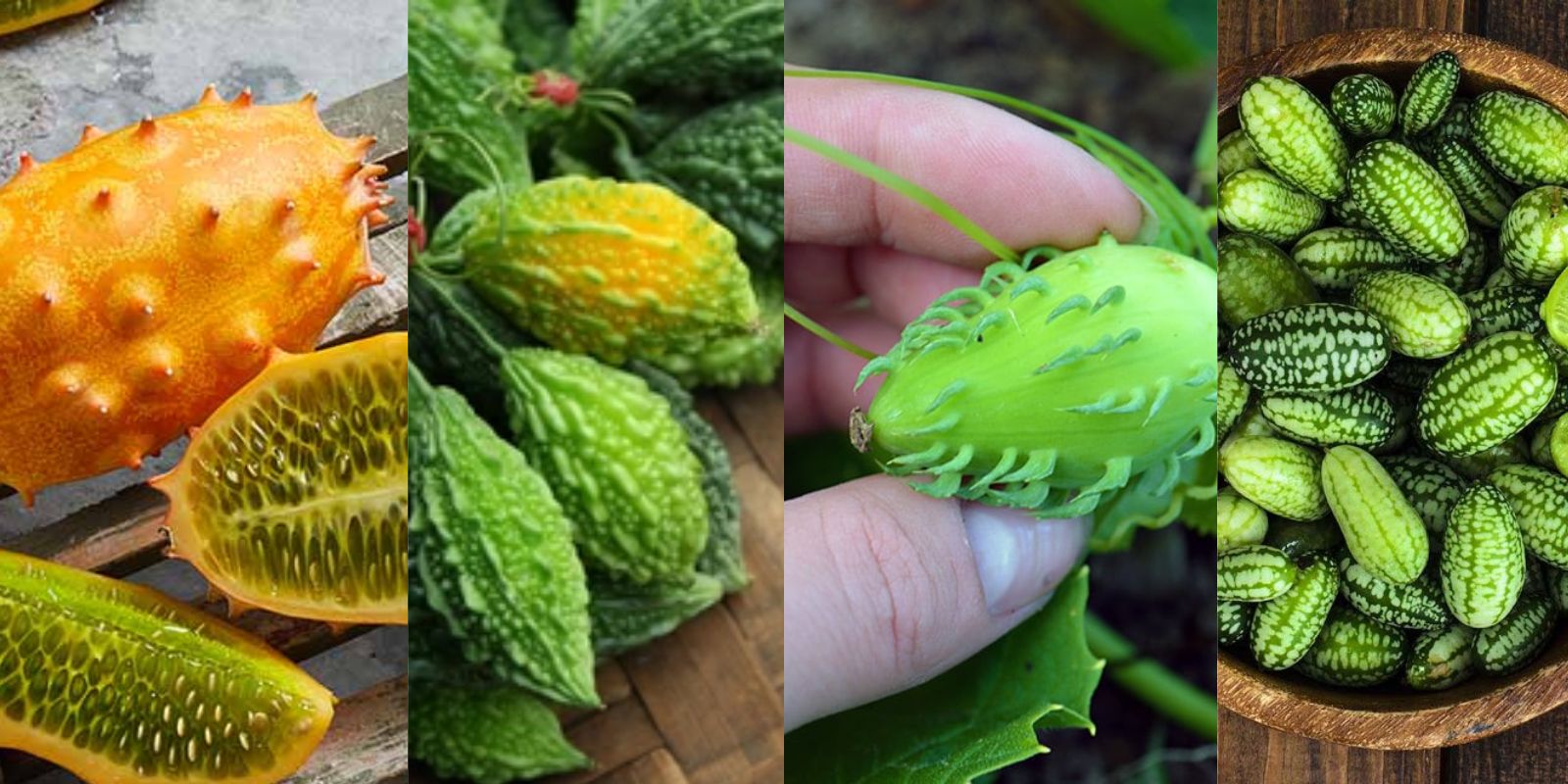Gardening is a rewarding hobby that offers endless possibilities for creativity and discovery. While traditional vegetables like tomatoes, cucumbers, and lettuce are garden staples, adding unique vegetables to your garden can elevate your gardening experience to a new level. These unusual veggies not only provide a visual and culinary treat but also add a layer of excitement and novelty to your harvest. In this comprehensive guide, we’ll explore the steps to grow unique vegetables in your garden, ensuring you get a bountiful and interesting harvest.
1. Choosing Unique Vegetables
The first step in growing unique vegetables is selecting the right varieties that suit your garden conditions and personal taste. Here are some intriguing options to consider:
- Purple Carrots: These vibrant roots add a splash of color to your garden and are packed with antioxidants.
- Romanesco Broccoli: Known for its fractal-like appearance, Romanesco has a unique flavor that combines the best of broccoli and cauliflower.
- Watermelon Radishes: These radishes have a striking pink interior and a crisp, peppery flavor.
- Chioggia Beets: With their candy-striped interior, Chioggia beets are as beautiful as they are tasty.
- Pattypan Squash: This distinctive squash has a unique shape and is excellent for grilling or sautéing.
Research each vegetable’s growing requirements, including climate preferences, soil types, and spacing needs. This will help you choose varieties that will thrive in your specific conditions.
2. Preparing Your Garden Bed
Proper preparation of your garden bed is crucial for the success of any vegetable crop, especially unique ones that might have specific needs:
- Soil Quality: Ensure your soil is well-drained and rich in organic matter. Unique vegetables often benefit from soil that is amended with compost or aged manure.
- Soil pH: Test your soil’s pH level. Most unique vegetables prefer a slightly acidic to neutral pH (6.0 to 7.0). Adjust the pH as needed with lime or sulfur.
- Location: Choose a sunny spot in your garden, as most vegetables need full sun to grow well. Ensure the area has good air circulation to prevent diseases.
Prepare the soil by tilling or turning it to a depth of 12-18 inches. Incorporate compost or well-rotted manure to improve soil fertility and structure.
3. Planting the Seeds
Each unique vegetable has its own planting requirements. Follow these general guidelines for successful seed planting:
- Timing: Plant seeds according to the recommended planting times for your region. Some unique vegetables, like purple carrots, can be direct-seeded in the garden, while others may need to be started indoors.
- Depth and Spacing: Follow the specific planting depth and spacing requirements for each vegetable. For example, watermelon radish seeds should be sown about ½ inch deep and spaced 1 inch apart.
- Transplanting: If starting seeds indoors, transplant seedlings to the garden when they have a few sets of true leaves and the risk of frost has passed.
Carefully label each planting area to keep track of what you’ve sown. This will help you monitor their progress and avoid confusion.
4. Watering and Fertilizing
Proper watering and fertilizing are essential for the health and productivity of your unique vegetables:
- Watering: Keep the soil consistently moist but not waterlogged. Most vegetables prefer deep, infrequent watering to encourage strong root development.
- Fertilizing: Apply a balanced, organic fertilizer at planting time and again as the plants grow. Follow the recommended application rates for each vegetable. Unique vegetables may have specific nutrient needs, so tailor your fertilization to their requirements.
Monitor your plants for signs of nutrient deficiencies or excesses. Adjust your fertilization practices as needed to maintain optimal growth.
5. Monitoring for Pests and Diseases
Unique vegetables can sometimes attract pests or be susceptible to diseases that are less common in traditional crops:
- Pest Control: Regularly inspect your plants for pests such as aphids, beetles, or caterpillars. Use organic pest control methods, such as insecticidal soap or neem oil, to manage infestations.
- Disease Prevention: Maintain good garden hygiene by removing any diseased or damaged plant material. Rotate crops each year to reduce the risk of soil-borne diseases.
Stay vigilant and address any issues promptly to keep your unique vegetables healthy and productive.
6. Harvesting Your Unique Vegetables
Knowing when to harvest your unique vegetables is key to enjoying their full flavor and texture:
- Timing: Follow the specific harvesting guidelines for each vegetable. For example, purple carrots are typically harvested when they reach about 6-8 inches in length, while Romanesco broccoli is ready when the heads are firm and compact.
- Technique: Use sharp garden tools or knives to harvest your vegetables cleanly. Avoid damaging the plants or surrounding soil.
Harvesting at the right time ensures you get the best flavor and quality from your unique vegetables.
7. Enjoying and Sharing Your Harvest
Once your unique vegetables are harvested, it’s time to enjoy the fruits of your labor:
- Cooking: Explore new recipes and cooking methods to fully appreciate the unique flavors of your vegetables. For example, try roasting Chioggia beets or making a Romanesco broccoli soup.
- Sharing: Share your harvest with friends and family. Unique vegetables make great conversation starters and can be a fun way to introduce others to new tastes.
Consider preserving some of your harvest through canning, pickling, or freezing to enjoy your unique vegetables throughout the year.
Conclusion
Growing unique vegetables in your garden can be a rewarding and exciting experience. By selecting interesting varieties, preparing your garden bed properly, and following the right planting and care techniques, you can enjoy a diverse and vibrant harvest. Embrace the challenge of growing these distinctive vegetables, and you’ll be rewarded with a garden that’s as fascinating as it is delicious.
Motivational Sentence: Transform your garden into a canvas of culinary adventure with unique vegetables that will tantalize your taste buds and brighten your plates! 🌿🌟 #UniqueVegetables #GardenAdventure #HomeHarvest #GrowSomethingDifferent #VegetableGarden #GardeningJoy #CulinaryExploration

